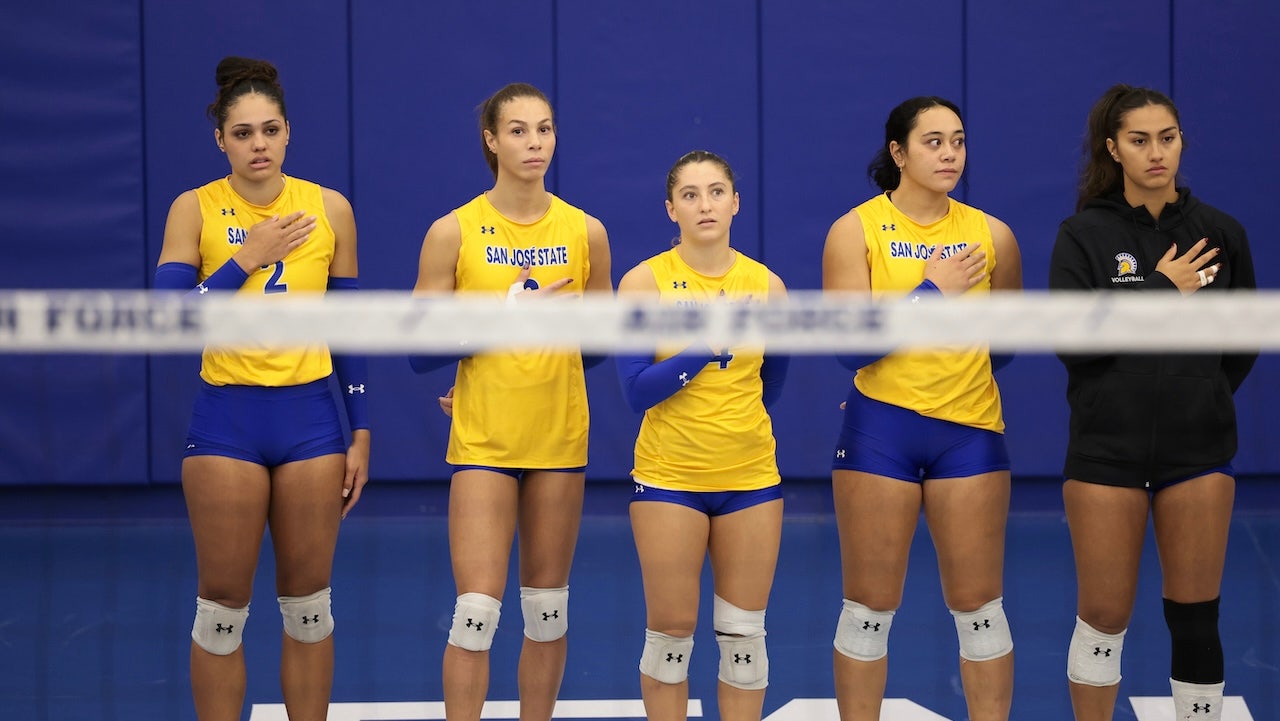
Filaments of Trichodesmium can merge together to form an aggregate called a puff
Florida Fish and Wildlife Conservation Commission
One of the most abundant and important kinds of photosynthetic bacterium in the oceans may owe its success to teamwork.
The bacterium, called Trichodesmium, can actively join together to form large aggregates in response to changing environmental conditions, or split apart, Ulrike Pfreundt at ETH Zurich in Switzerland and her colleagues have discovered.
“This behaviour is possibly the key to why Trichodesmium is so abundant and so successful,” says Pfreundt.
Trichodesmium is a group of several species of cyanobacterium. Its members are sometimes called sea sawdust, as they often form reddish-brown blooms, which may have given the Red Sea its name.
These bacteria don’t just provide food for other organisms, they also turn nitrogen from the atmosphere into chemicals that other photosynthetic organisms can use. They fertilise vast areas of the ocean that would otherwise be too poor in nutrients for anything to grow, says Pfreundt.
“It’s the living fertiliser for the oceans, essentially,” she says. “They provide a very large part of the nitrogen that is fixed in the ocean, and a whole lot of other organisms that sequester CO2 depend on this nitrogen.”
Trichodesmium grows in hair-like filaments up to several hundred cells long. The filaments may be found floating around individually, but also often occur in colonies or aggregates, each containing up to several hundred filaments.
These aggregates can be 1 or 2 millimetres across, making them visible to the naked eye. In some aggregates, called puffs, the filaments radiate out from the centre like a pompom. In others, called tufts, the filaments are parallel like a lock of hair.
The aggregates have been shown to help Trichodesmium get the iron it needs from dust particles. But how the aggregates form has been a mystery, says Pfreundt. One idea is that the filaments just stick together if they bump into each other, but this doesn’t explain their organised appearance. Another is that they grow this way.
While growing Trichodesmium in the lab to study its genomes, Pfreundt noticed that the appearance of aggregates could completely change during the day, making her suspect an active process was involved. She and her colleagues have now done a series of experiments to confirm this and show how it happens.
The filaments can glide along surfaces, and when two filaments come in contact, they may start sliding along one another, like two trains using each other as a track. If this process continues indefinitely, the filaments slide completely off one another, says Pfreundt. So when the bacteria want to remain in aggregates, they keep reversing directions.
To make the aggregates bunch more tightly, the reversals happen more often, maintaining bigger overlaps of the filaments, she found. To loosen them, the reversals happen less often.
This loosening or tightening of aggregates can happen in just minutes in response to changing light levels, the team found. Very bright light can damage photosynthetic machinery, and tighter aggregates reduce the light levels each filament is exposed to.
Out in the ocean, this may help Trichodesmium deal with the sun coming out or going behind clouds.
Pfreundt thinks this loosening or tightening also helps the aggregates control their buoyancy, allowing them to move up or down as needed. Trichodesmium is known to move deeper to get phosphate when this nutrient runs out at the surface.
“The reversal mechanism of Trichodesmium – causing aggregates to loosen or tighten to affect their density, buoyancy and light acquisition – may well have contributed to the species’ success,” says Richard Kirby, an independent scientist and author who studies plankton.
Pfreundt and her colleagues also found that, rather than comprising different strains as previously thought, puffs form from the merging of tufts. But many questions remain unanswered, such as how the filaments glide and how they know when to reverse.
Topics:

























































